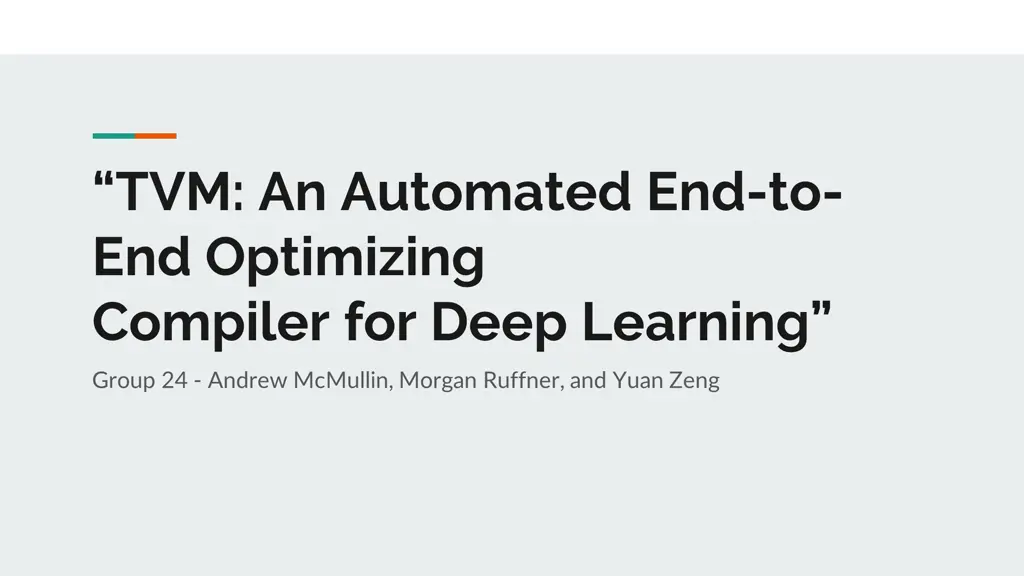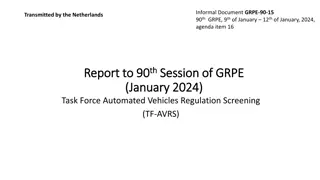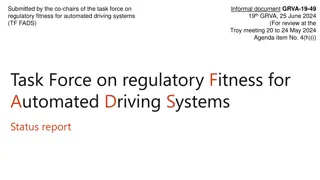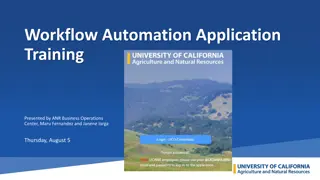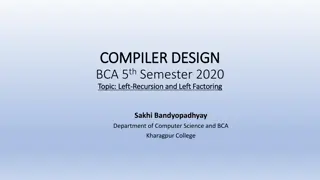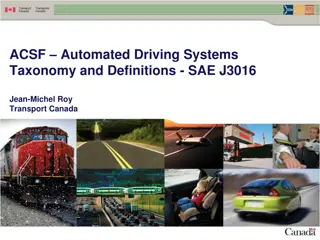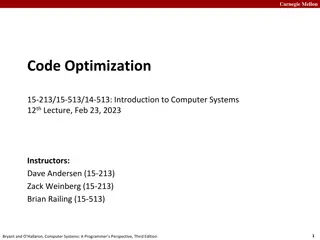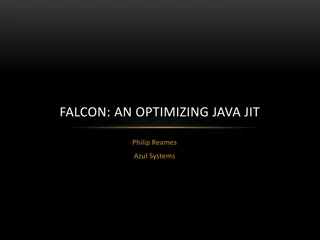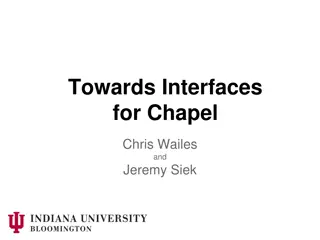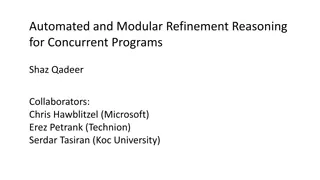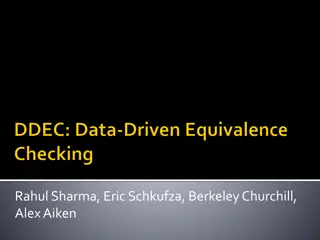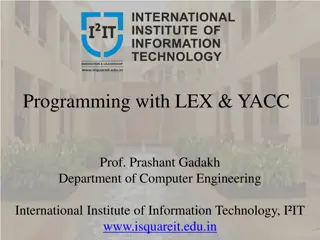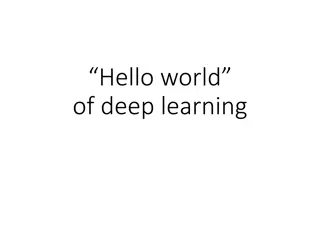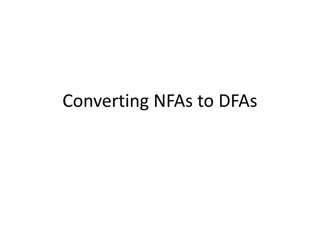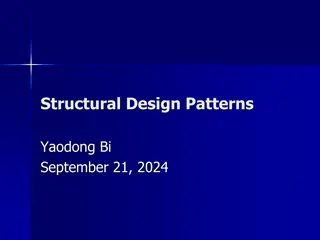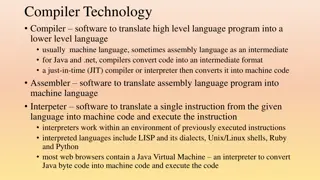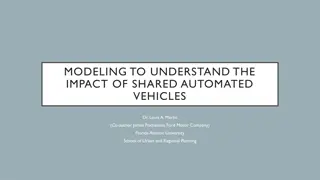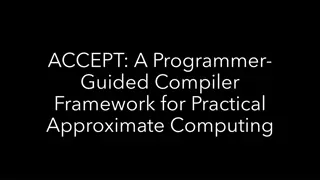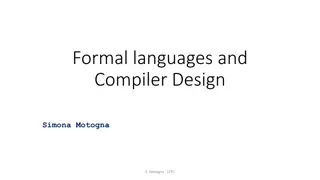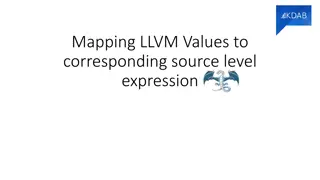TVM: An Automated End-to-End Optimizing Compiler for Deep Learning
TVM is a compiler that generates optimized code for diverse hardware back-ends from high-level specifications of deep learning programs, addressing the challenges of diverse hardware characteristics.
Download Presentation

Please find below an Image/Link to download the presentation.
The content on the website is provided AS IS for your information and personal use only. It may not be sold, licensed, or shared on other websites without obtaining consent from the author. Download presentation by click this link. If you encounter any issues during the download, it is possible that the publisher has removed the file from their server.
E N D
Presentation Transcript
TVM: An Automated End-to- End Optimizing Compiler for Deep Learning Group 24 - Andrew McMullin, Morgan Ruffner, and Yuan Zeng
Overview of TVM Growing demand to use machine learning in a wide spectrum of devices, ranging from cloud servers to self-driving cars and embedded devices Complicated due to diverse hardware characteristics Solution: TVM, a compiler that takes a high-level specification of a deep learning program from existing frameworks and generates low-level optimized code for a diverse set of hardware back-ends
Execution Steps 1. System takes input model from existing framework and transforms into computational graph representation 2. Performs high-level dataflow rewriting to generate optimized graph 3. Identifies possible code optimizations and uses ML to find optimized operators 4. Packs generated code into deployable model
Optimizing Computational Graphs Computation graph representation: Node = operation on tensors or program inputs Edges = data dependencies between operations Graph level optimizations include operator fusion, constant-folding, static memory planning pass, and data layout transformations
Operator Fusion Combines multiple operators into a single kernel without saving intermediate results in memory Can greatly reduce execution time - 1.2x to 2x speedup Set of rules as to which operators can be fused Ex. Multiple injective operators can be fused into another injective operator
Data Layout Transformations There are multiple ways to store a given tensor in the computational graph Converts graph into one that can use better internal data layouts for execution on target hardware First specify the preferred data layout for each operator given memory hierarchy constraints Then perform layout transformation between a producer & consumer if their preferred layouts do not match
Generating Tensor Operations Tensor Expression and Schedule Space TVM introduces a tensor expression language for automatic code generation. This language supports common operations and common DL operator patterns. Provides flexibility for adding hardware- aware optimizations for various backends.
Nested Parallelism (w/ Cooperation) Introduces Memory Scopes to the schedule space so that a compute stage can be marked as shared. default: thread-local. Tensorization Tensorization decouples the schedule, making it easy to extend TVM to new hardware architectures. ex: low-precision operators for mobile CPUs
Explicit Memory Latency Hiding Latency hiding is specific to TPU-like accelerators. TVM lowers the program to a single instruction stream with low-level explicit synchronization Peak compute utilization increased from 70% with no latency hiding to 88% with latency hiding.
Automating Optimization Find optimal operator implementations for each layer of a DL model. Schedule explorer: proposes promising new configurations.
How to evaluate a configuration? Blackbox auto-tuning. Requires millions trials to identify a good configuration. Predefined cost model. Modern hardware too complicated to build a accurate cost model.
ML-Based Cost Model Can adapt to different hardware. Make very fast prediction.
